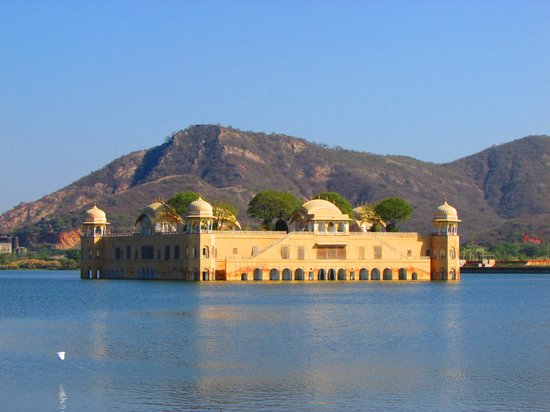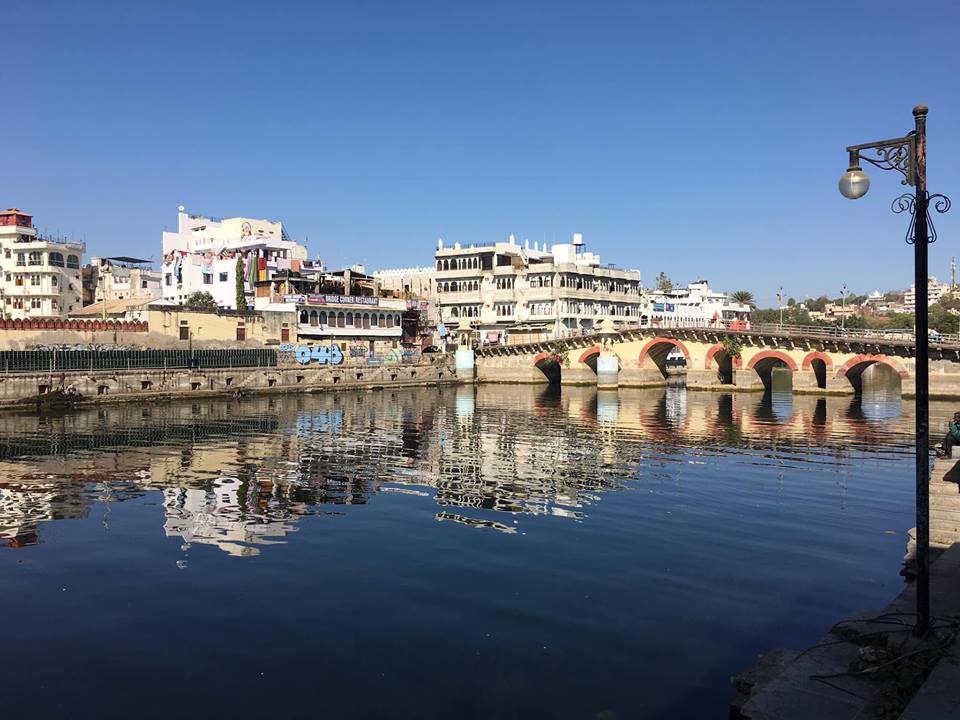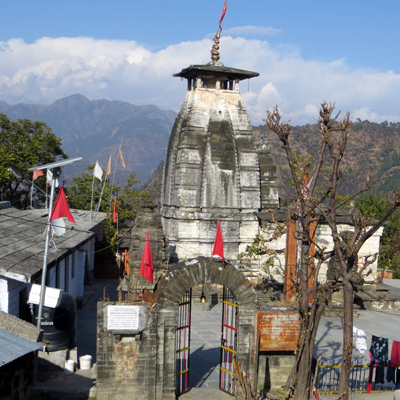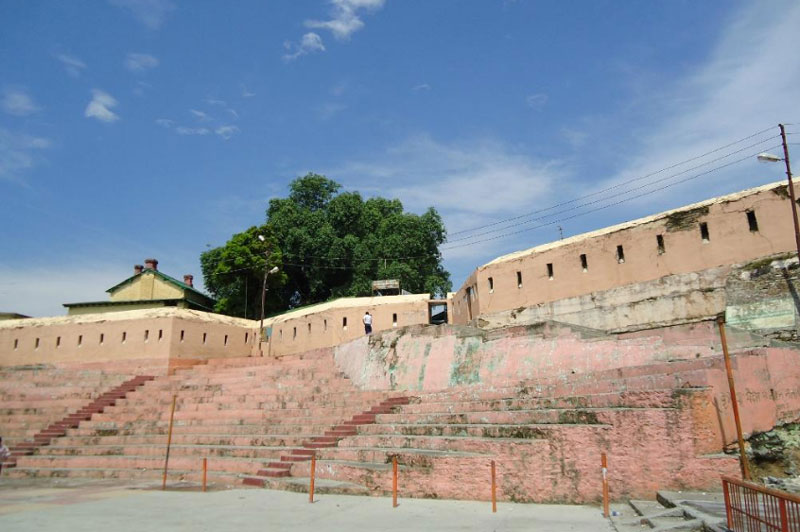The Wood Fossil Park located near Jaisalmer, also known as the Akal Fossil Park, is an area of prime geological importance, as much as it is a major spot of tourist attraction.
It is an interesting area of remains of ancient flora, in the form of fossils of trees belonging to a forest that existed almost 180 million years ago. The sheer fact stands out to be unbelievable and majestic. The tree trunks, and hence the wood is what remains of that ancient region of forests that used to cover this land, and probably got submerged under water of the sea. This region is one of the many awe inspiring corners of the grand mysteries that the great Thar Desert (Great Indian Desert) has to offer and reveal.
The area offers a breathtaking view of natural phenomenon and one is dumbfounded to take a look at the forces and artwork inherent in nature. The powers and creativity of nature leaves an indelible mark upon this terrain. The fossil park opens up an area of scattered (about 180 million years old) tree trunks, of various shapes and sizes. The park has about twelve such logs of wood lying scattered all over. A minute study of the fossils by geological experts reveals that the ‘petrified wood’ shows signs of being part of densely growing forests in the old times. The forests show signs of having grown in a very hot and wet climate, which hint at an abundant growth of trees.
The region is almost twenty-one hectares of preserved area; located about 17-18 km away from Jaisalmer on NH-15. It is variedly of interest to observers of nature, geologists and tourists, and attracts all equally. The study of nature here requires special permission. Tourists flock in all round the year.
The Akal Wood Fossil Park in Jaisalmer is one of the destinations dedicated to the prehistoric era. It is located on the Barmer road around 17 km away from Jaisalmer city. Akal Wood Fossil Park is the pride of Jaisalmer city; it is the National Geological Monument of India. Spread over 21 hectares of land, the park lies in the region of the potential geological park in Jaisalmer fossil belt. The barren and rocky terrain has about a dozen of fossilized wood logs and exposed tree trunks protected by iron grilled cages and tin sheet roofing.
The park houses 25 petrified tree trunks, with about a dozen of fossilised wood logs. It has fossils of over 180 million years and petrophyllum, equisetitis a ptyllophyllum species of the early Jurassic period. The nearby Thaiyat area is a renowned place where the fossils and footprints of Pterosaurs were found. There are also remnants of non-flowering trees such as Redwood, Deodar and Chir. The existing fossils of gastropod shells imply that the region was a sea once upon a time. It is believed that fossils are lying deep within the soil. Hence excavation processes are ongoing. It was declared the National Geological Monument by the Geological Survey of India in the year 1972, who maintained the park till 1985 after which it was handed over to the Forest Department of the Government of Rajasthan.
At a distance of 18 km from Jaisalmer, Akal Wood Fossil Park is an archeological park located at Akal on Barmer Road in Rajasthan. This is an ideal tourist spot for geological and Archeological enthusiasts.
Akal Wood Fossil Park is the fossilized remains of forests as old as 180 million years. The park spreads over an area of 21 hectares and is one of the natural wonders in India. The trunk of the trees of this park has been preserved as fossils. The whole area is protected and preserved presently due to its archaeological worth. It is believed that more fossils are lying in deep and still excavations are going on in this region.
Akal Wood Fossil Park has fossils of the prehistoric Jurassic period. Huge fossilized tree trunks and sea shells that are centuries old are major specimens of Indian desert’s geological history. The biggest fossil specimen obtained in the region is 13 m long and 1.5 m wide. There are also 25 petrified trunks that mark the life of forests that existed in a warm and humid climate, bordering the sea millions of years back. Apart from these, there are approximately a dozen fossil wood logs that lie horizontally in a random manner. The fossils are of equisetitis, ptyllophyllum and petrophyllum species as well as of dicotyledonous wood and gastropod shells of the lower Jurassic era.
There are some mud brick huts with thatch roofs in the park. These huts contain fossils of dinosaur teeth, bones and stone fossils. A few framed posters hang on the walls narrating the story of Earth and its transitions. The government museum of Jaisalmer now exhibits many pieces from the park.













9 Comments
Comments are closed.